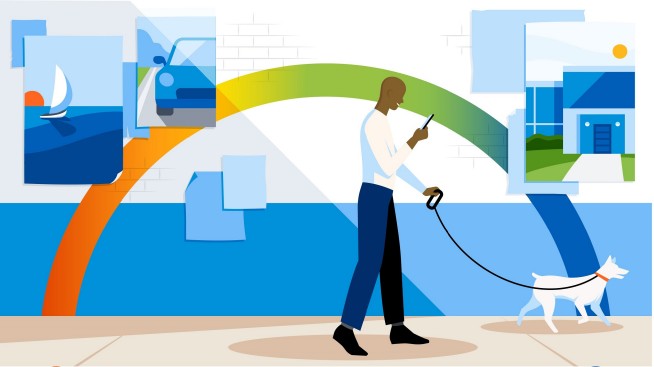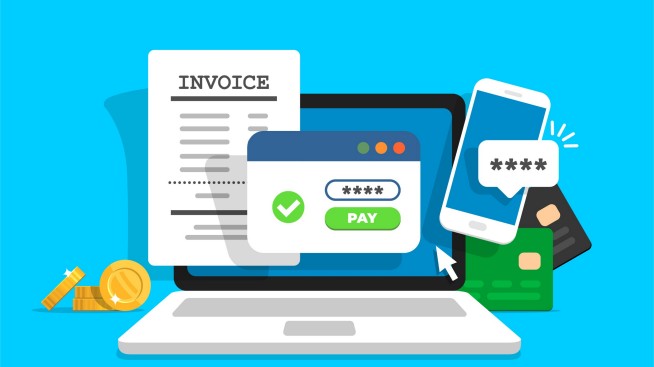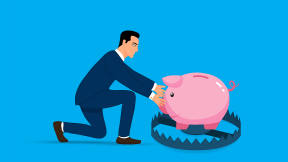What is open-end credit?

How does open-end credit work?
If you've ever used a credit card before, you are using what is called "open-end credit." Open-end credit is the idea that you get to withdraw funds up until a certain limit and as you repay it back, the funds are available to you again (also known as revolving credit).
Open-end credit is different from other forms of credit and comes with its own set of pros and cons. In this article, you will learn about the following:
- Examples of open-end credit
- Benefits of open-end credit
- Drawbacks to open-end credit
- How open-end credit can affect your credit score
Examples of open-end credit
Credit cards aren't the only form of open-end credit. Other examples include personal lines of credit and home equity lines of credit. Let's explore these in more detail below.
Personal lines of credit (PLOC)
A PLOC works similar to a credit card where you have access to a set amount of funds from which you can borrow and only pay interest on the amount that you use. You may take out a PLOC to pay for expenses such as home repairs or medical bills.
Home equity lines of credit (HELOC)
HELOCs are used when an individual wants to use their home's value as a way of accessing more cash. Borrowing against the home's equity (the difference between current market value of your home and what you owe towards your mortgage) can help with accessing more available credit. The interest rates with HELOCs may either be fixed or variable.
The benefits of open-end credit
Open-end credit gives you access to funds that you can use at any time. For example, if you spend $1,000 using a credit card that has a credit limit of up to $5,000, you will only have to pay interest on the $1,000 (if you don't pay the amount you owe in full at the time you owe it) and not the remaining amount of credit.
In addition, there's flexibility that comes with open-end credit. With credit cards, you have funds available to you to use whenever you would like, with the expectation that you'll make your payments on time. It acts as a flexible loan, one from which you can take out funds as you need them up until a fixed amount.
The drawbacks of open-end credit
While open-end credit can offer you funds and flexibility, there can be some drawbacks. For example, it can be easy to over-spend knowing you have a certain amount of funds available to you at any point in time — don't forget, you have to pay this back, and sometimes with interest!
Another drawback to open-end credit is that the interest rates associated with them are variable, meaning they can change at any point. Let's say you have a credit card that started with a lower annual percentage rate (APR). You may anticipate only having to pay a certain amount of interest back — however, if this APR increases, you could be facing higher costs. APRs can increase due to changes in prime rates — the rate most banks use to set an APR — as well as if you've missed payments. Variable interest rates can create some unpredictability which, if you aren't prepared for, could be difficult to manage when it comes to paying the costs.
How does open-end credit affect your credit score?
How you handle your finances can impact your credit score — this can be especially true as it relates to open-end credit. How you utilize this type of credit will impact your credit score — for better or for worse. If you're wondering what your credit score means and how to adjust it, enroll in Chase Credit Journey® and use the credit planning feature to set a score goal.
Payment history
When used responsibly, you can positively impact your score with open-end credit. For example, if you make your credit card payments on time, you are building up your payment history, which is a major factor that goes into calculating your credit score. The more you make your payments on time the better your payment history, helping you build a higher credit score and credit history.
On the other hand, if you miss payments, you could face derogatory remarks, which are negative items on your credit report (like late payments) showing that you are higher risk. These can hurt your credit score and caution potential lenders when it comes to determining your creditworthiness. You might also accrue fees and high interest costs.
Credit mix
In addition to payment history, open-end credit can affect your credit score due to the fact that you're adding to your credit mix or credit profile. Someone with a healthy credit score may have multiple lines of credit open and a history of keeping them open for a longer period of time. This shows lenders you can manage your personal finances in a variety of contexts.
By adding a PLOC or a credit card to your profile, you could see your credit score improve over time. Just be prepared to see a slight dip in your score initially due to the fact that your lender will run a hard inquiry (or credit check) to help them determine your rates, credit limits and eligibility.
In conclusion
Open-end credit is something you've likely used — or may use in the future. It can be beneficial but, like with any financial decisions you make, you should be careful and diligent about how you use it. Whether you're taking out a credit card, a PLOC or a HELOC, do your best to make your payments on time.
One way you can stay on top of this is by monitoring your credit score with Chase Credit Journey®, a free online tool where you can enroll in credit and identity monitoring services. Being proactive with resources like these can help you keep a healthy credit score and improve your financial outlook over time.



